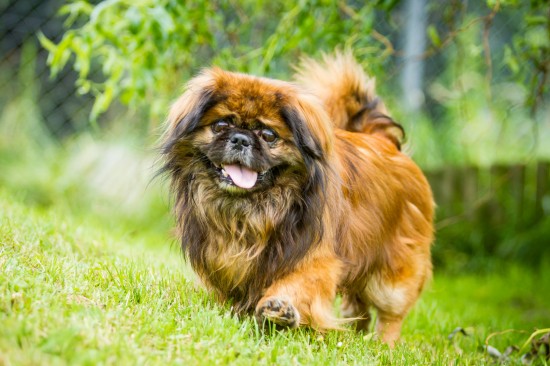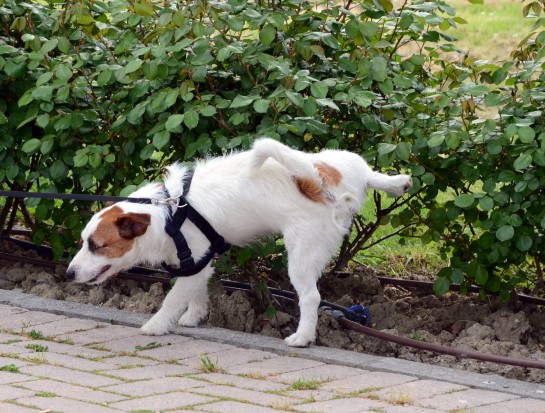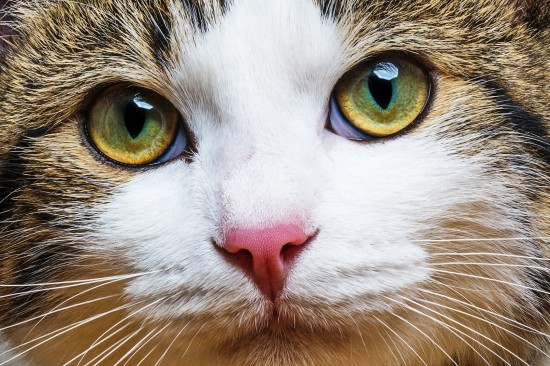


The Pekingese dog is also sometimes known as the Peking lion dog, and is a Chinese breed with a known history going back to ancient times. Originally favoured by the Imperial court’s royalty and the pet of choice for both Buddhist monks and members of the aristocracy, today, the Pekingese dog is a popular lapdog and companion all over the world.
The Pekingese can stand up to 9” tall at the withers and weigh up to 6.4kg, although many dogs of the breed are smaller than this still. They have short, brachycephalic faces, large, prominent eyes, and small, low to the ground bodies.
The Pekingese coat is long and fluffy, and can be found in virtually any viable colour combination, however the most common colours for dogs of the breed is gold, sable or red. The coat of the breed requires a reasonable amount of brushing and grooming to keep it in good condition, including the occasional bath and trip to the grooming salon.
If you are wondering if the Pekingese dog is the right choice of pet for you, it is important to find out as much about the breed as you can before committing to a purchase. This includes researching the hereditary health, longevity and any health testing that is advised for dogs of the breed, which we will examine in more detail within this article.
The average lifespan of the Pekingese dog is 11.4 years, which is slightly lower than the average across the board for all dog breeds of a similar size and build. This reflects the fact that the Pekingese breed as a whole has a slightly elevated predisposition to certain hereditary health problems that may ultimately shorten their lifespans and affect their quality of life.
The coefficient of inbreeding statistic for the Pekingese dog is 8.1%, which is slightly higher than the ideal for pedigree dog breeds, being 6.25% or lower. This indicates that the Pekingese breed is subjected to a degree of inbreeding in order to keep their breed lines viable, and Pekingese breeders should seek to reduce the coefficient of inbreeding statistic within their own breed lines where possible.
The shape and build of the Pekingese dog itself is considered to pose a range of challenges for dogs of the breed, which may affect their quality of life or shorten their lifespan. Common issues across the breed include:
The British Veterinary Association and The Kennel Club class the Pekingese dog as one of their 15 high profile dog breeds, due to the range and severity of problems that can present across the breed as a whole.
Health testing is advised for potential parent dogs of the breed to identify a predisposition to progressive retinal atrophy, a condition of the eyes that leads to blindness. Breed clubs also recommend heart health testing for dogs of the breed.
As well as the known conformation issues within the breed and the hereditary health conditions that can be tested for prior to breeding, the Pekingese breed is also considered to be at risk for a range of other conditions, but for which no pre-breeding screening is currently offered. Conditions include:
 A Career With The Mounted Police
A Career With The
A Career With The Mounted Police
A Career With The
 Chicken Runs: Things to Avoid When Building One for Your Chickens
Chicken Runs: Things to Avoid When Building One for Your C
Chicken Runs: Things to Avoid When Building One for Your Chickens
Chicken Runs: Things to Avoid When Building One for Your C
 Indications That Your Dog Or Puppy Needs To Go To The Toilet
Indications That
Indications That Your Dog Or Puppy Needs To Go To The Toilet
Indications That
 First Aid For Pets
First Aid For Pet
First Aid For Pets
First Aid For Pet
 How Do Cats Get Fip?
How Do Cats Get F
How Do Cats Get Fip?
How Do Cats Get F
Copyright © 2005-2016 Pet Information All Rights Reserved
Contact us: www162date@outlook.com